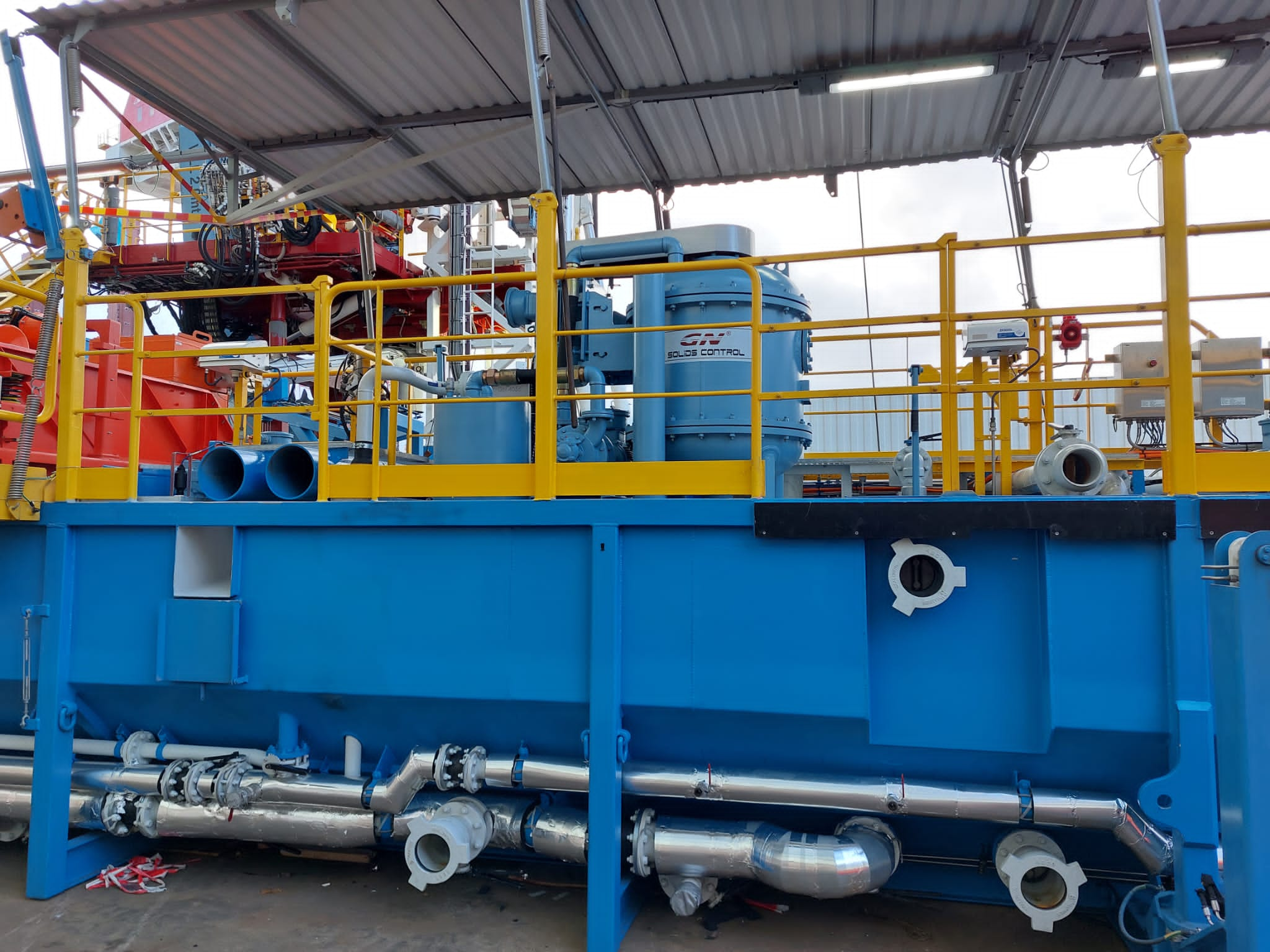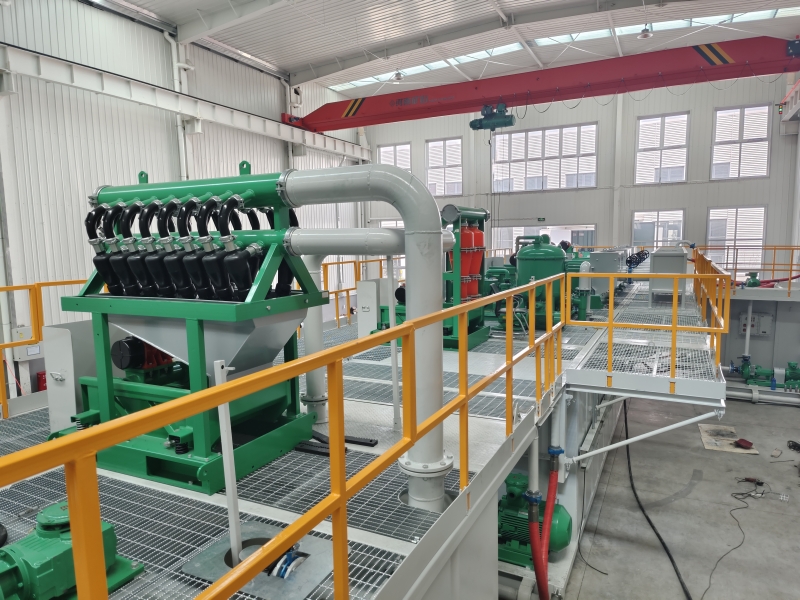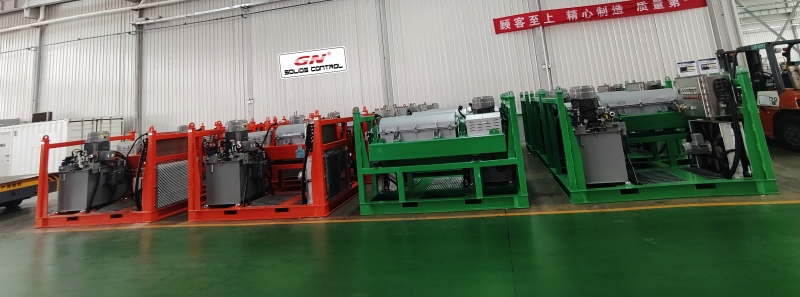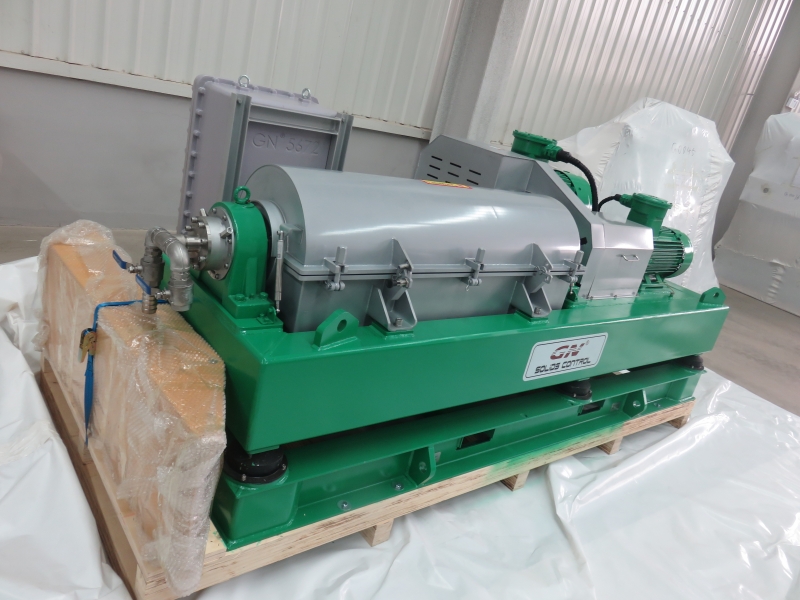
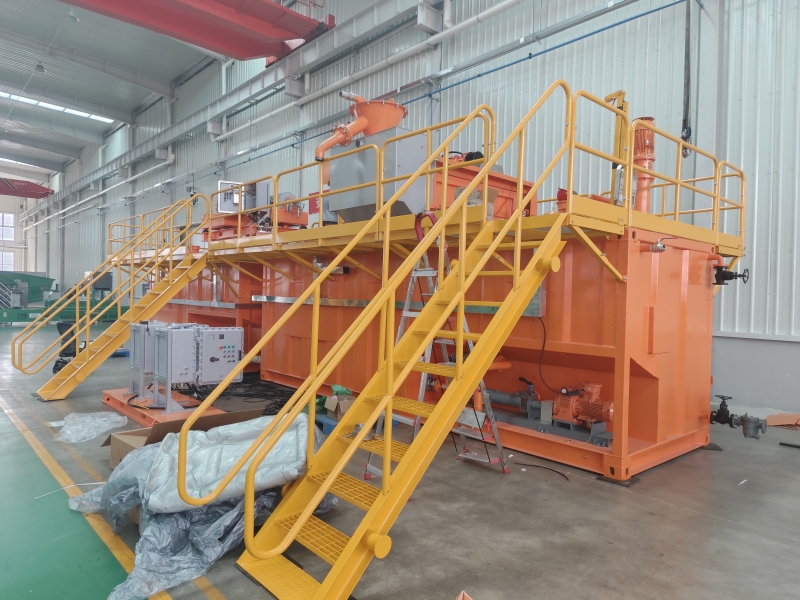

GN is a well-known brand from China, its full company name is HeiBei GN Solids Control Co.,Ltd which locadted in No.3 Industry Road, Dachang Chaobai River Development Area,Langfang, China; We are known around the world for unique innovation without compromise, sophistication while maintaining user simplicity, and superb service to our extremely wide customer base.specializing in supplying solids control& waste management equipment to the global market.
Oil sludge treatment systems are designed to handle the complex and often hazardous mixture of hydrocarbons, water, and solids resulting from oil extraction, refining, and storage processes. These systems aim to recover valuable oil, clean water, and reduce the volume of waste needing disposal. Here’s an overview of the main components and processes typically involved in an oil sludge treatment system:
Components and Processes
- Pre-treatment and Screening:
- Screening: Removal of large debris and particles.
- Grinding: Reduction of larger solids to manageable sizes.
- Chemical Treatment:
- Emulsion Breaking: Use of chemicals (demulsifiers) to separate oil from water and solids.
- pH Adjustment: Adding acids or bases to optimize the separation process.
- Physical Separation:
- Centrifugation: High-speed centrifuges to separate oil, water, and solids based on their density differences.
- Gravity Separation: Settling tanks or separators to allow heavier solids to settle at the bottom, with oil and water separating above.
- Flotation: Air or gas bubbles are introduced to float oil to the surface for removal.
4.Thermal Treatment:
- Heating: Application of heat to reduce viscosity and improve the separation of oil from water and solids.
- Thermal Desorption: Use of heat to evaporate water and light hydrocarbons, leaving behind solid waste and recoverable oil.
- 5 .Filtration and Dewatering:
- Filter Presses: To separate solids from liquids, producing dry cake and clean effluent.
- Decanter Centrifuges: For continuous solid-liquid separation.
For our equipment brochure or more info, please visit our unique official website: www.gnsolidscontrol.com
MichaelSong
Sales manager
Whatsapp:+86 17801799913






